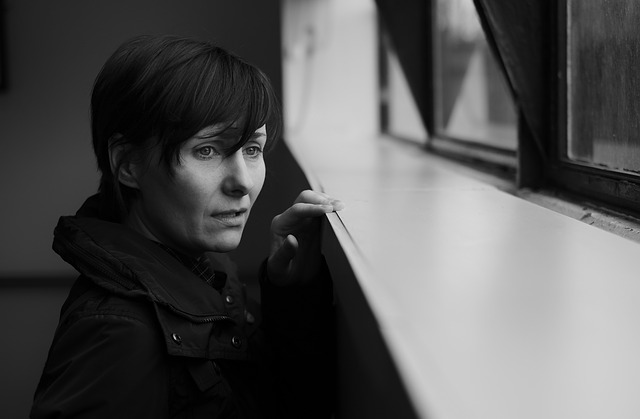In the first part of this three-part article series, we’ve touched very briefly on how the ancient philosophies viewed the concept of evil and the immense suffering it caused to mankind. We got a very basic idea on what it’s like to suffer and how the people from back then made sense of it all. In this article, we will jump into the 20 th century and see what the modern sciences have to say about people dealing with grief. This article will focus mainly on the Five Stages of Grief or commonly known in the scientific community as the Kübler-Ross Model. According to this model, people, when struck by grief, will experience five stages of emotional states: these are denial, anger, bargaining, depression, and acceptance in chronological order.
This concept was first introduced in the 1969 book On Death and Dying by Elisabeth Kübler-Ross a Swiss-American Psychiatrist. This theory was borne out of her predicament on the lack of material to research on about the subject of human death and the experiences of the dying. She studied death and the subject of dying at the University of Chicago medical school. Her work was based upon the seminars and the interviews of several terminally ill patients and their experiences. Although she was not the one to first propose of a model of the stages of grief, she was the one who laid the most solid and recognizable foundations for them that she is usually the one credited for the stage models for bereavement.
However, many years later, she admitted that she should not have written her work the way she did since she noted that the stages are not experienced by a grieving person in a linear and predictable fashion. Her work was rather a reflection on how people express their grief, either by facing death or by dealing with the loss of a loved one and not a strict code of progression that people experience across the board.
The five stages of grief are also known by their acronym DABDA:
Denial – This is the initial reaction of somebody who just received the news about him or her having been diagnosed with being terminally ill. A person’s defense mechanism of hearing something this shocking may be to deny the reality of the situation. This could lead them to believe that the diagnosis was somehow mistaken and there was just a misunderstanding of sorts. People tend to dwell in their own reality in this stage of grief.
Anger – Once the patient realized that he/she cannot escape reality for too long and denying the situation is becoming more and more absurd, that person will start lashing out their anger towards the people closest to them, and even to the people around them and just the whole world in general. This is the stage when the patient starts blaming people and becomes irritable and inconsolable from the anger in which he/she feels.
Bargaining – This is the part when the patient usually starts invoking for a higher power to intervene with what seems to be inevitable. This is when he or she prays and begs to his or her god(s) and says ‘if you do this for me, I swear I will do this thing or that.’ It oftentimes comes out as a bargaining for a better lifestyle just so he or she can have more time in this world. This is a desperate plea to make things go back to the way they’re used to be. People in this stage become entrenched in the ‘what if’ scenarios in their lives.
Depression – Once the patient has been emotionally drained by all the anger and all the bargaining pleas he or she had been doing the whole time, the depression will start to kick in. This is when despair will loom over the person’s head and is also usually the time when the patient begins to accept his or her own mortality. Since the patient is depressed, he/she may not have the energy to do anything because they will not see the point of it, since, to them, they are dying anyway or the person they love is not going to be with them anyway. The patient will spend much of his/her time away from people and being in their lonesome.
Acceptance – Acceptance is the last stage in the stages of grief. At this point, the patient would accept the inevitability of death, whether it’s theirs or their loved ones. This is where the patient embraces what’s to come or the fact that the loved one is really gone. This is, figuratively speaking, a burial ceremony in the cemetery past and moving on to face the future. However, this is not to be confused with feeling alright. Sometimes, the person will never be “okay” with the traumatic event that has occurred, he or she just learns to deal with it and therefore, acceptance, happens.


